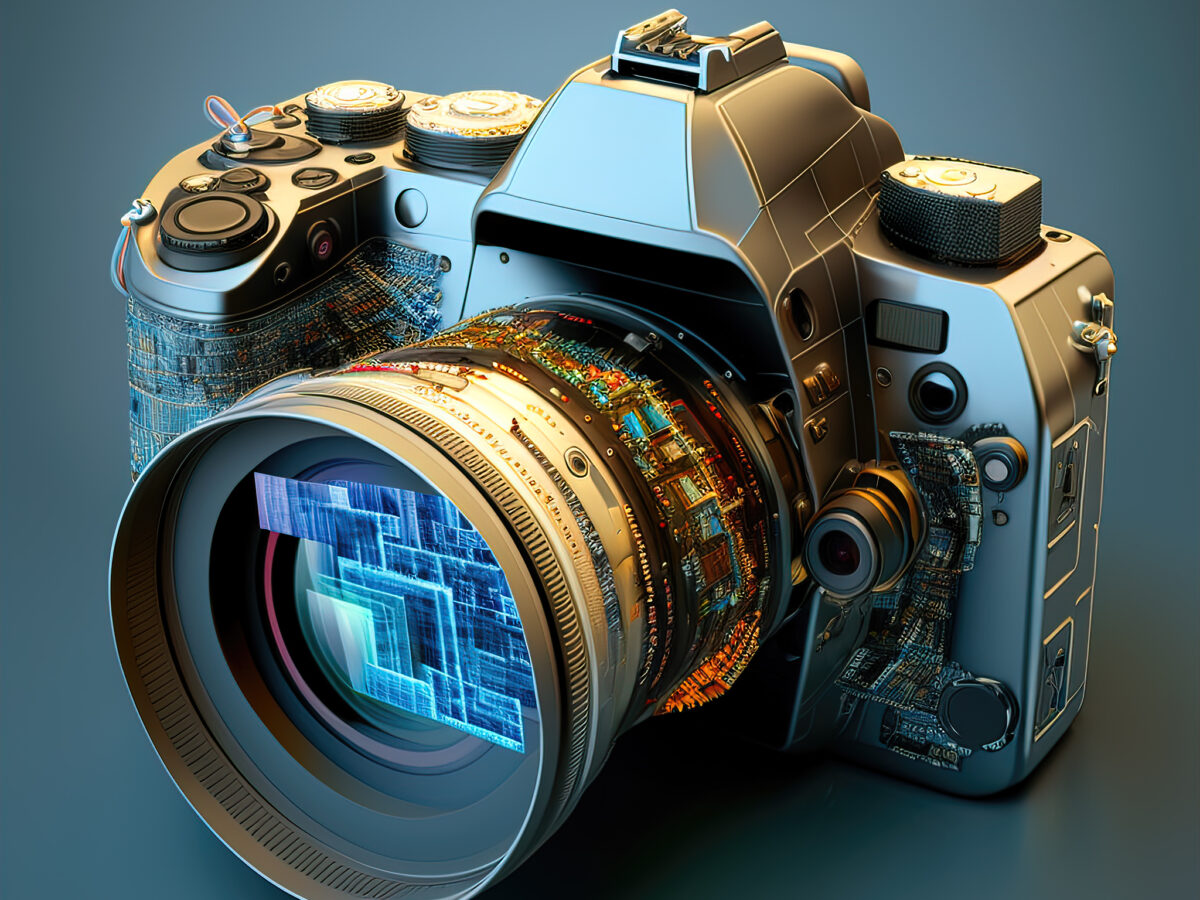Several Artificial Intelligence algorithms are employed in the realm of digital photography, providing numerous applications and enhancements:
- Image processing algorithms: These improve image quality through noise removal, distortion correction, exposure adjustment, and repairing damaged images.
- Image recognition: These identify objects, scenes, and people within images and generate corresponding captions or tags.
- Facial recognition: These detect individuals in an image, with applications including unlocking mobile devices, automatic photo organization, and security.
- Image generation: These create images from textual descriptions or complete missing parts of an image.
- Automatic photography algorithms: These assist users in capturing better photos by detecting scenes and adjusting exposure, focus, and composition.
- Classification algorithms: These categorize images into specific classes such as landscapes, animals, or portraits.
- Image editing algorithms: These automatically edit images by adjusting brightness, saturation, contrast, cropping, or rotation.
It is crucial to note that AI algorithms do not create microscopic details absent from the original image. Instead, they enhance existing image quality, sometimes using super-resolution techniques. While AI algorithms can improve image quality, they cannot replace superior lenses and cameras.
Several potential future developments for AI in digital photography include:
- Advanced automatic photography: AI algorithms could automatically capture perfect images by adapting to the scene and lighting conditions to achieve optimal exposure and composition.
- Emotion recognition: AI could recognize emotions of people in an image, facilitating more effective photos and more accurate image descriptions.
- Immersive photography: AI could create immersive photographic experiences such as generating 360-degree panoramas or dynamic depth of field effects.
- 3D photography: AI could generate 3D images from 2D photographs, providing a more realistic representation of captured objects or scenes.
- Aerial photography: AI could enhance images captured by drones or aerial vehicles, correcting distortion from perspective and generating accurate 3D terrain models. Furthermore, AI could identify specific scene elements such as structures, vehicles, people, and animals using image recognition and data analysis technologies.
All images and all text in this blog were created by artificial intelligences

